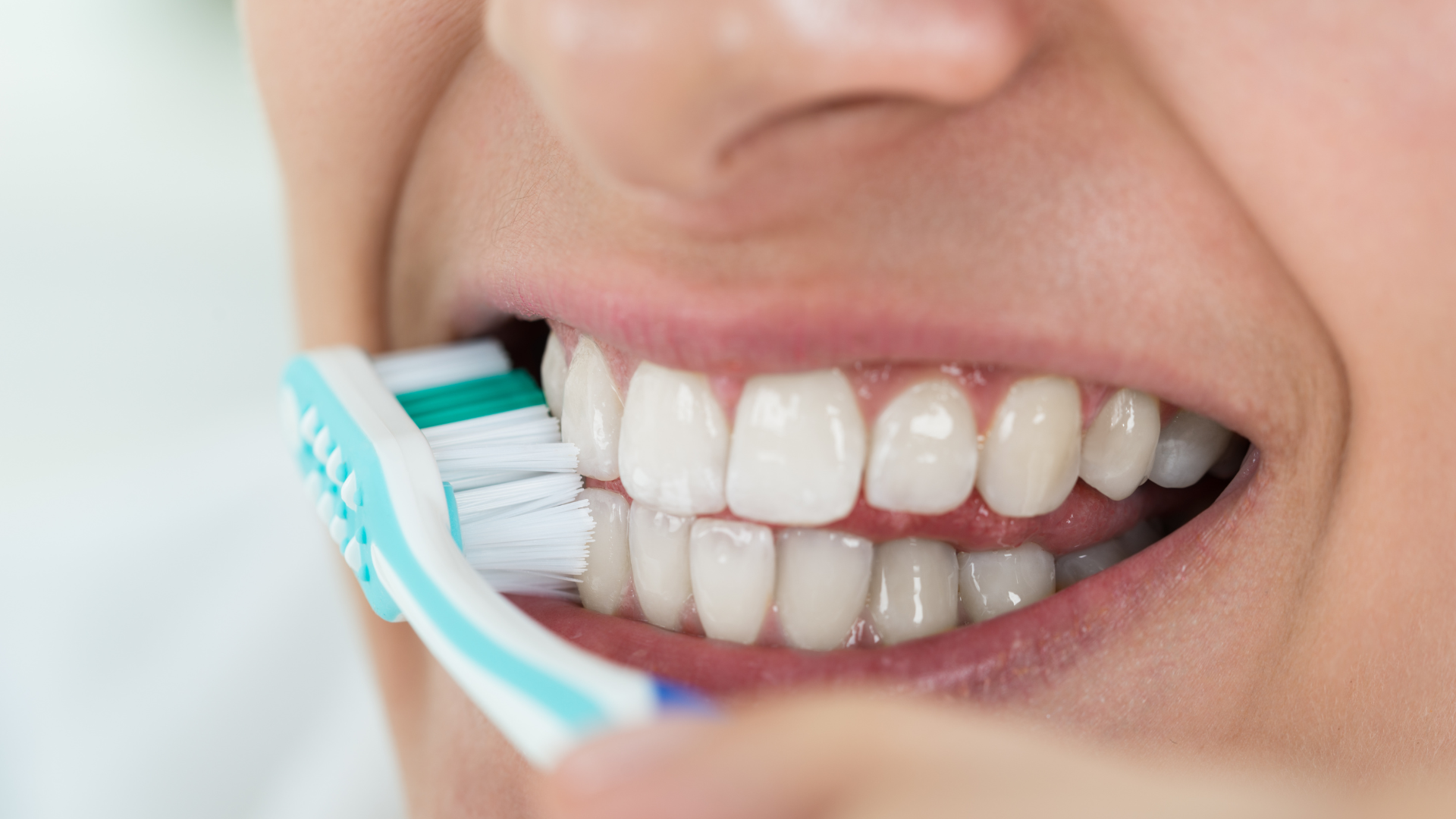General Dentistry
The first line of defense against oral health problems
In general dentistry, the dentist is the primary care provider for patients of all ages and is responsible for the prevention, diagnosis and treatment of a wide variety of conditions, disorders and diseases affecting the teeth, gums and maxillofacial (jaw and face) parts of the body. Even though general dentists primarily provide preventative care and minor restorative therapy, they are often able to perform a wide array of other dental procedures, including some minor cosmetic treatments.
The American Dental Association (ADA) recommends that patients visit their general dentist at least once every six months to ensure proper oral health and functionality. Regular oral health check-ups and maintenance help to prevent the development of serious dental problems that may require more extensive and costly treatments. General dentists are highly educated and trained in multiple facets of dentistry, providing a variety of different services for you and your family including:
- Crowns and bridges
- Dentures
- Dental implants
- Gum disease (Periodontal) treatment
- Orthodontics
- Root canal therapy
- Teeth cleanings
- Bonding
- Dental fillings
General dentists who do not perform a certain treatment will provide you with a specialist referral.




